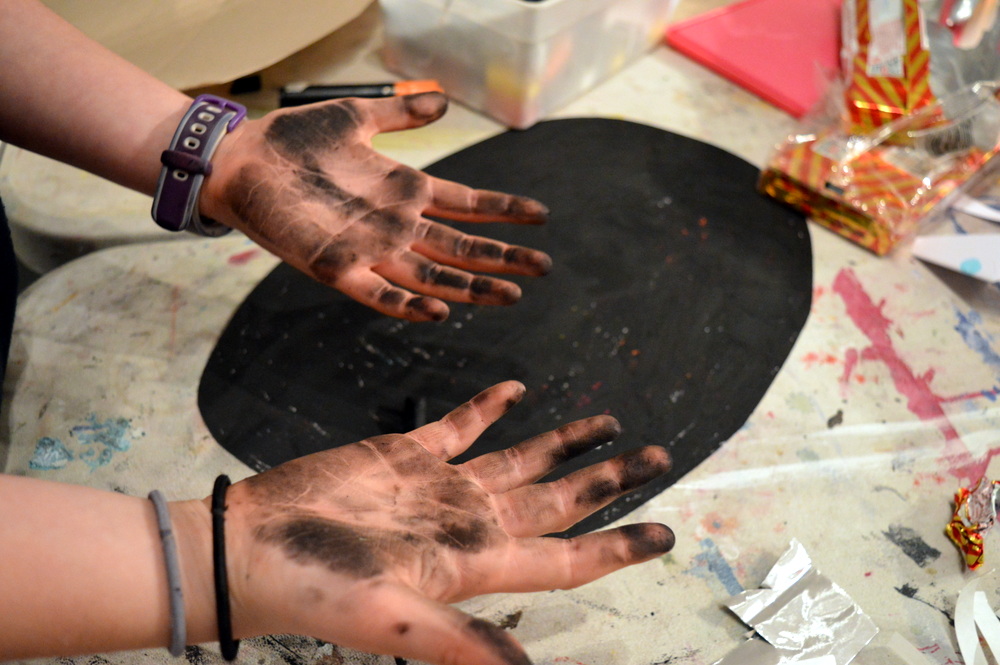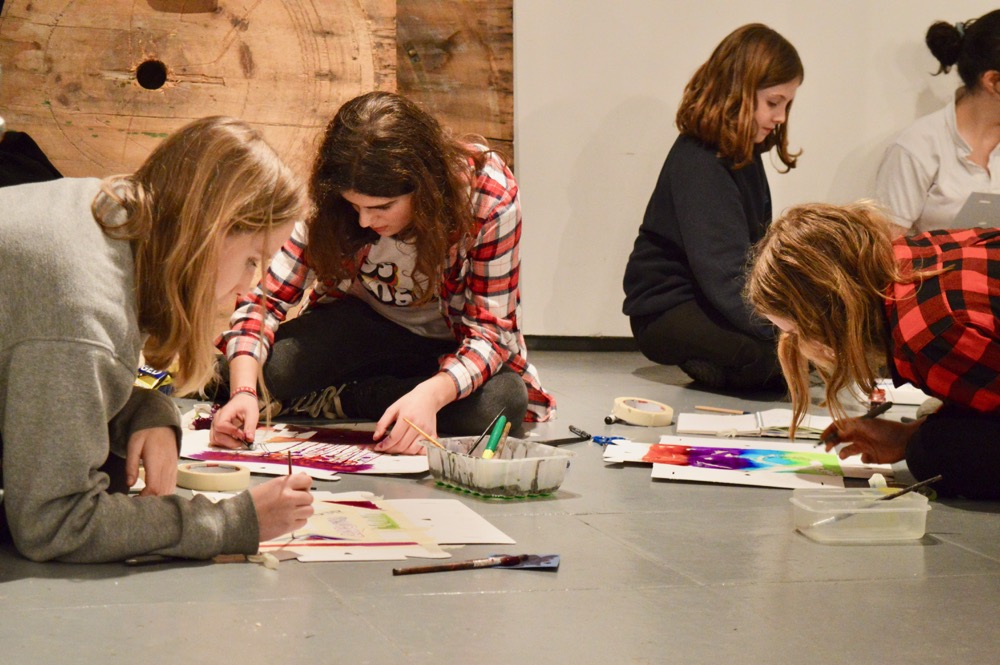Aluminium Foil Printing by Paul Carney
Many thanks to Paul Carney for sharing this resource.
Aluminium printing provides a low cost and more manageable alternative to the process of etching and engraving used in industry and throughout history.

Lesson Ideas:
This process might be used to study animals or flowers for Key Stage 1 Science. You might use it to compare traditional printing with modern computer based printing and see how it has changed in Key Stage 2 Science, make Historical illustrations or illuminated letters. In Key Stage Three Art and Design, it can be used as a stand alone technique to make beautiful personal prints on a wide range of subject matter or for Key Stage 4 GCSE project work.
Introduction:
In traditional etching, a metal plate is covered with a waxy ground which is resistant to acid. The engraver draws a design onto the surface of the waxy plate which is then dipped in acid. The acid bites into the surface of plate which is then able to hold ink ready for printing. Great Master artists such as Rembrandt and William Blake used this process for their work.
To access all content, I would like to join as…
AccessArt is a UK Charity and we believe everyone has the right to be creative. AccessArt provides inspiration to help us all reach our creative potential.



Sheila C
February 1, 2017 @ 1:46 pm
Great idea here Paul to use foil to give a taster to children of what ‘real’ metal etching might be like. Very effective! I’ll try it out with my teenagers! Thanks for sharing! Best wishes, Sheila (AccessArt)
Morag Thomson Merriman
February 1, 2017 @ 11:53 pm
This is super! I’m always looking for ideas for different printmaking techniques that can be carried out quickly and easily at home without the use of a press. There seems to be so much scope for experimentation here. Thank you Paul!
Andrea Butler
February 2, 2017 @ 10:40 am
What a wonderful process, Paul. I love the quality of the line from the engraved foil and the unexpected marks that are made when the print is taken – Great!